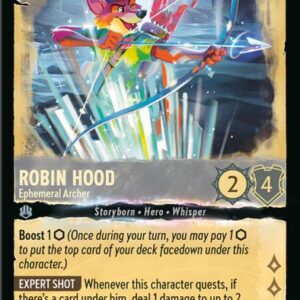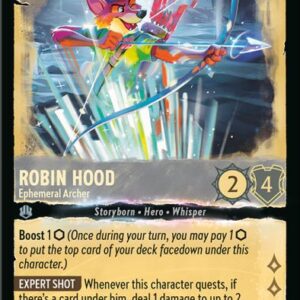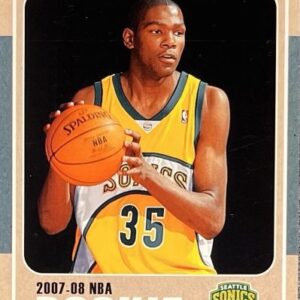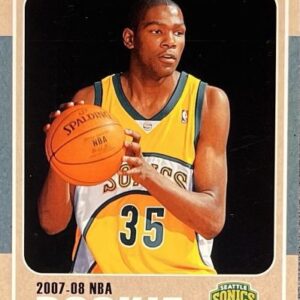In the land where Magic: The Gathering and Marvel’s Spider-Man intersect, expectations soared sky-high, like Peter Parker swinging through the skyscrapers of New York. The buzz was almost palpable when Wizards initially teased this collaboration. With Spider-Man being a universally adored figure, both fans and those tangentially engaged with the Magic universe hoped for an explosive bridge between two beloved worlds. Yet, reeling its way into reality, this crossover unveils itself as a dazzling tapestry for collectors while unraveling a few threads for players searching for a robust gaming experience.
The anticipation, once charged with electric potential, mellowed significantly as hints of dissatisfaction crept in through the webwork of initial releases. Shop owners echoed the concerns of both heightened prices and a kingdom experiencing Marvel fatigue, as regular patrons veered their sights towards other impending game releases. The initially seamless web appeared to be riddled with inconsistencies, prompting a deeper dive into how this dual-worldly creation fell slightly askew.
Peek behind the mystique, and one uncovers a tale of ambition meeting reality. The original scheme was modest: a supplemental Commander-centric package circled around 100 cards, meant to be admired, not drafted. Yet in an unexpected twist akin to a classic plot twist, the set morphed into a creature of its own—a fulsome 188-card exhibition accessible to the drafting table, and a Standard legal release. With time ticking, the inevitable fracture lines emerged, hinting at an endeavor stretched too thin.
For a set of this magnitude, 188 cards appears rather demure, particularly against the backdrop of full-fledged Standard sets. The famed replayability, a hallmark of Magic drafts, grapples under the weight of compounded archetypes minimized from ten down to five. Like a hero trapped in a teetering multiverse, the novelty rapidly dissipates amidst repetitious play and familiar faces camouflaged as varied Spider Human Hero legends. This results in a limited environment that swiftly feels rerun-esque and a constructed deck environment that feels somewhat sparse and starved of depth.
The world of digital Magic compounds the intrigue but leaves an aftertaste of disparity. On MTG Arena, familiar names and visuals are slightly skewed to navigate licensing intricacies. For players who oscillate between the tactile pleasure of physical cards and the easy access of digital ones, this divergence becomes a repetitive irritation.
Yet, not all is overcast in Spidey-town. For the connoisseurs of collection, the set is nothing less than a goldmine of shiny allure. The coveted Soul Stone, a prized relic among enthusiasts, stands as an indomitable force at low mana cost, salvaging creatures from the grave with haunting regularity. Its magnetic pull is so potent that even base editions carry hefty price tags, while the Cosmic Foil editions scintillate in a different stratosphere.
Certain wordsmiths succeed in crafting brilliance devoid of frivolous spectacle. Anti-Venom straddles compatibility between white and black Commander decks focused on necromancy and vitality. Electro injects red decks with versatile resources and reach, a practical game-changer poised to illuminate real matches. Gwenom seamlessly adapts an iconic Bolas’s Citadel concept into a creature, converting life essence into spells atop your library. Spectacular Spider-Man offers versatility—swift appearances, sacrificial protection, and durability. Cards of such caliber are the lifeblood that invigorate the Magic arena with palpable tension and dynamic shifts.
However, the set stumbles ungracefully on more mundane ground. The sheer number of Spider variants dilutes the distinctive charm a legendary status ought to convey. Some figures, like Morbius and Peter Parker, spiral into mundanity, where function falls short of their legend. Miles Morales, a vibrant symbol of innovation, is clumped within green mechanics discordant with fan perceptions, revealing a Montage of creative misalignments.
Draft, a core pillar of Magic, demands distinct pathways, indicative commons and uncommons, and unique game dynamics that refresh over numerous replays. However, the limited draft options within the Spider-Man set sometimes repeat rhythmically, neglect to empower commons veritably, and fail to evolve over multiple sessions. When such a format falters, even eager drafters break away, leaving local establishments with products designed for tables that now remain unfilled.
In a sphere resonating with collaborations, the Magic community has seen projects like Lord of the Rings and Final Fantasy bring formidable competition, marrying beloved lore with game mechanics that resonate authentically with players. Spider-Man, though star-studded, treads these terrains but does not leap high enough to achieve parity in gameplay satisfaction.
So, who amongst us dips netfuls of joy from this set? High-end collectors, eager speculators or those enamored with Spider-Man lore find their treasure. The thrilling chase of rare variants offers a pronounced thrill. For frugal players reveling in Draft or Sealed formats, this set may feel like a half-swung punch. Endearing Commander cards exist but do so in smaller quantities.
With money in hand, the road map suggests purchasing singles. Identify your coveted cards, align your decks or displays, and procure them individually. Should you wrestle with fate, do so with foresight, knowing value squirms predominantly in the ultra-rare renditions of spectral cards. Collector Boosters spearhead financial sustainability but tread delicately for buyers, veering between exuberant windfalls and sobering fizzles.
Scattered across my personal notes reads a shortlist of pivotal observations:
– The Limited scene is narrow, proceed wisely in recurring drafts at your usual haunts.
– The Soul Stone melds rare collectible appeal with tangible gaming prowess.
– Anti-Venom, Electro, Gwenom, and Spectacular Spider-Man emerge as noteworthy staples for enduring gameplay.
– Uneven flavor and color decisions linger, expect an occasional divide between collectible allure and actual gameplay value.
– Arena alterations in name and art introduce friction for dual-platform enthusiasts.
For those yearning for enriching, repeatable drafting escapades, this release might soon lack luster. However, for hunters of rare gems or seekers of ingenious additions to Commander, Magic: The Gathering’s venture into the Spider-Verse spins just an adequate web to ensnare curiosities.





